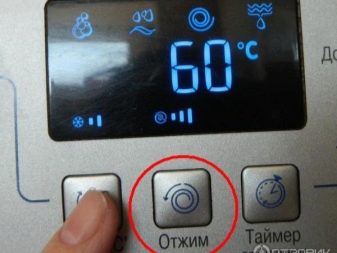Tachogenerator in a washing machine (tachometer, Hall sensor)
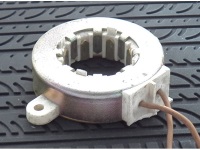
Most of us don't know much about the construction of a washing machine. Ordinary users only need to know where to connect the hoses, load the laundry and pour the laundry detergent. But when the washing machine unexpectedly breaks down, and professional help for some reason you can not wait for, elementary knowledge about the principles of operation and the basic mechanisms of the device can be very helpful.
In this article we want to tell you about the tachometer - an important element of modern washing machines. You will learn what it is, what functions it performs, and what problems can occur with it.
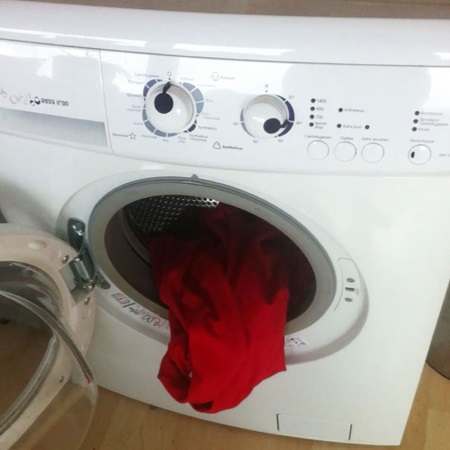
How it works
Externally, the tachometer is a metal ring with two wires attached to it. It is attached to the rotating shaft of the electric motor. As the motor rotates, a voltage is applied to the tachogenerator, which is generated by the electromagnetic field. The strength of the voltage is directly related to the rotation speed of the shaft: the faster it rotates, the greater the voltage becomes.
The tachogenerator is provided in the washing machine precisely to measure the motor speed - it is calculated through the voltage strength. The information from the tachometer goes to the electronic control module.
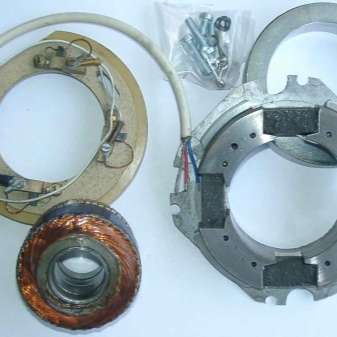
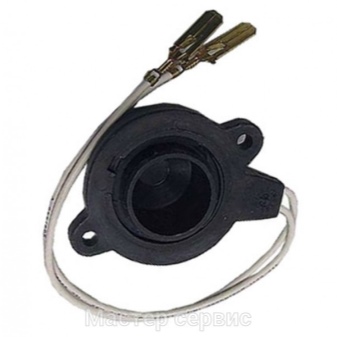
Where is it located?
As we have already said, the tachometer is an element of the washing machine motor, which is located on the rotating shaft. It is quite easy to locate it, but to do this you will have to partially disassemble the washing machine. The motor is located at the bottom of the device, to get to it, you need to move the unit away from the wall and remove the back panel (unscrew the fasteners and pick up the cover with a thin screwdriver). It will not be difficult to find the motor: it is a device that is connected to the pulley (rotating wheel) by means of a drive belt. On the motor shaft you will see a metal ring - this is the tachogenerator.
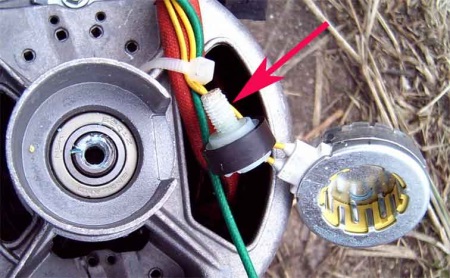
Signs of tachogenerator malfunction
There are several indications that the tachogenerator is defective and needs to be repaired or replaced:
- The tachogenerator is not working properly and is in need of repair or replacement;
- When spinning, the drum rotates much slower than it should;
- During the wash, the drum speed is significantly higher than normal;
- at the end of the wash, you pull poorly wrung or completely wet laundry out of the drum.

How to check?
To verify the malfunction (or, on the contrary, the working order) of the tachogenerator, you can conduct a check on the condition of this device. It will consist of several stages:
Removal of the electric motor. To do this, you need to unscrew the bolts that fix it, and disconnect all the wires going to it. The Euromaster channel video shows how to remove the motor.
Measuring the resistance on the tachometer wires. You must first remove the wires from the connector, and only then start measuring. This is done with a multimeter set to ohmmeter mode. Normally the resistance of the tachometer should be about 60 Ohm.
Measurement of the tachogenerator voltage. For this you will also need a multimeter, but it will need to be switched to the appropriate mode. To get accurate data, when measuring, you need to crank the engine manually. As the speed increases, the readings of the device should become larger.
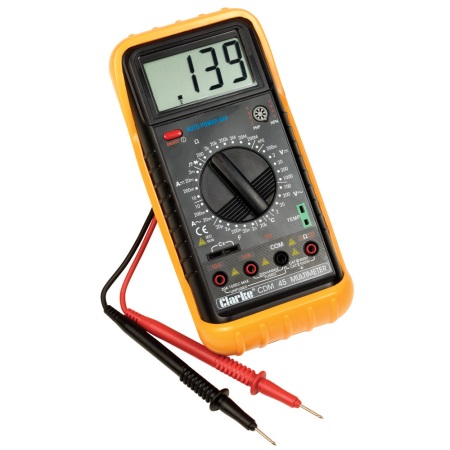
Check the reliability of the mount. If the measurement results are within normal limits, you need to look for another cause of tachometer malfunction. Firstly make sure that it is securely fastened. If the bolts holding it in place are loose, it may well be causing various malfunctions.
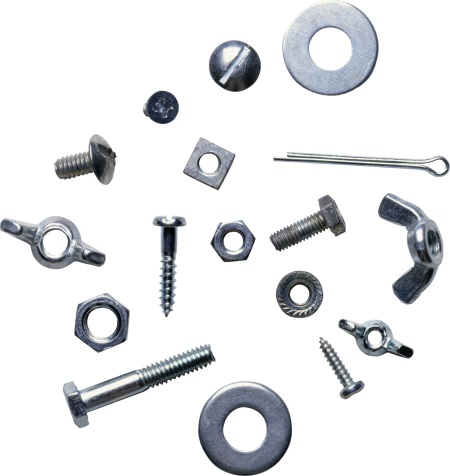
Replacing a Faulty Tachometer
To replace a faulty tachometer proceed as follows
- Disconnect the wires from the connectors (if this was not done during measurement);
- Remove the plastic or metal tachogenerator cover, which is usually fixed with a simple latch;
- unscrew the fasteners that hold the tachogenerator in place;
- We remove the failed device and install a new one in its place.
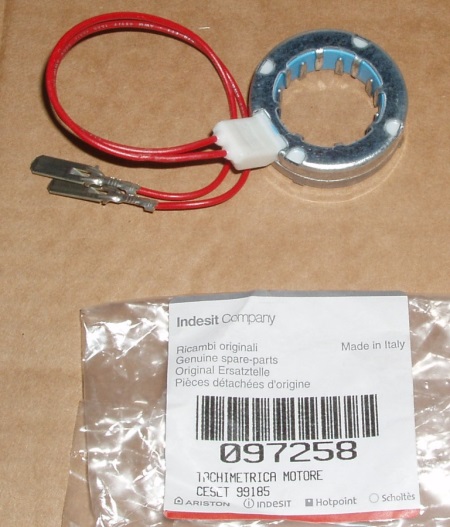
Tips
- Many modern manufacturers of washing machines equip their devices with a kind of tachogenerator, which is called a "Hall sensor". It is installed directly in the motor of the washing machine and has a high degree of reliability. Such devices can be found in washing machines from LG, Indesit, Bosch, Samsung (but not in all models).
- Sometimes problems with the drum rotation speed do not arise due to tachogenerator failure, but for less serious reasons.
Before disassembling the washing machine in search of problems, pay attention to the state of the button, which starts the spin mode. If it is jammed, the cause of the malfunction is most likely in it.
